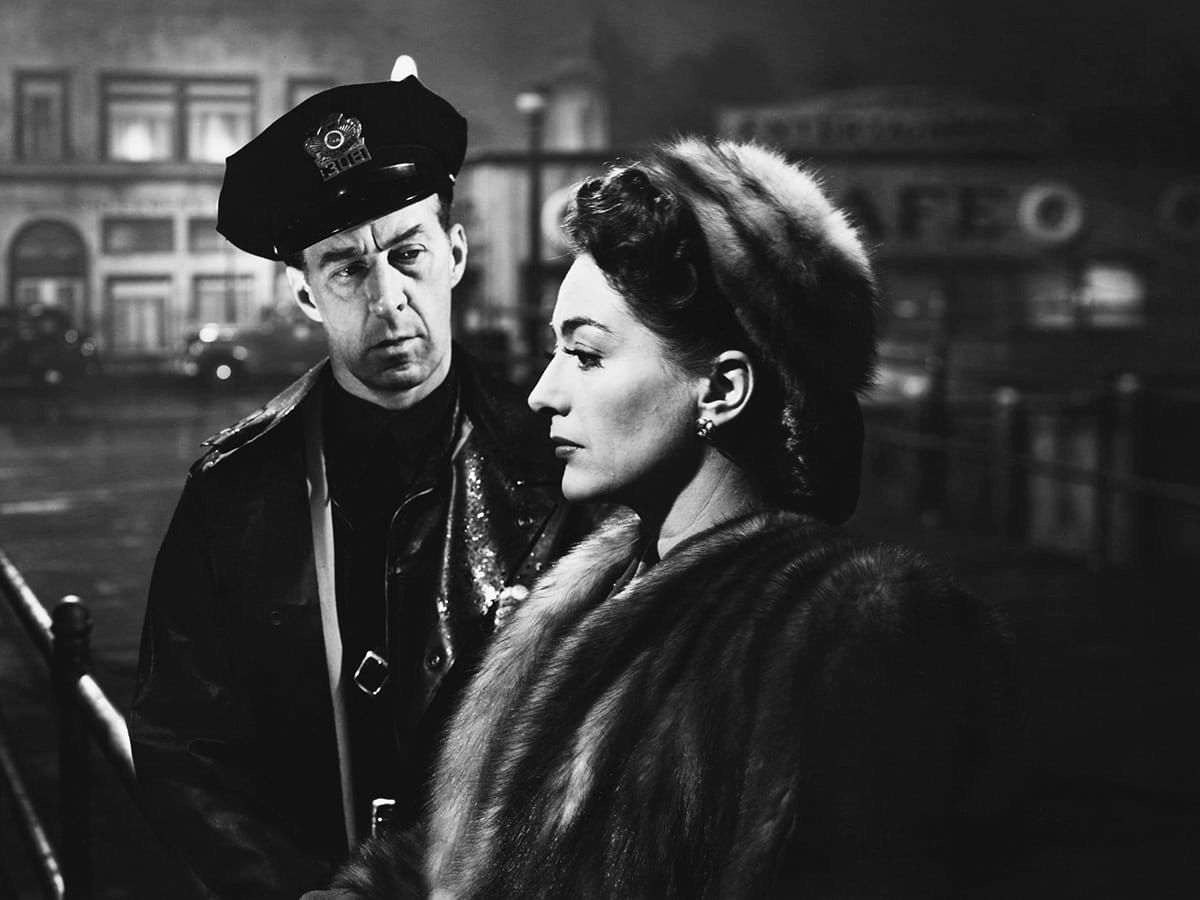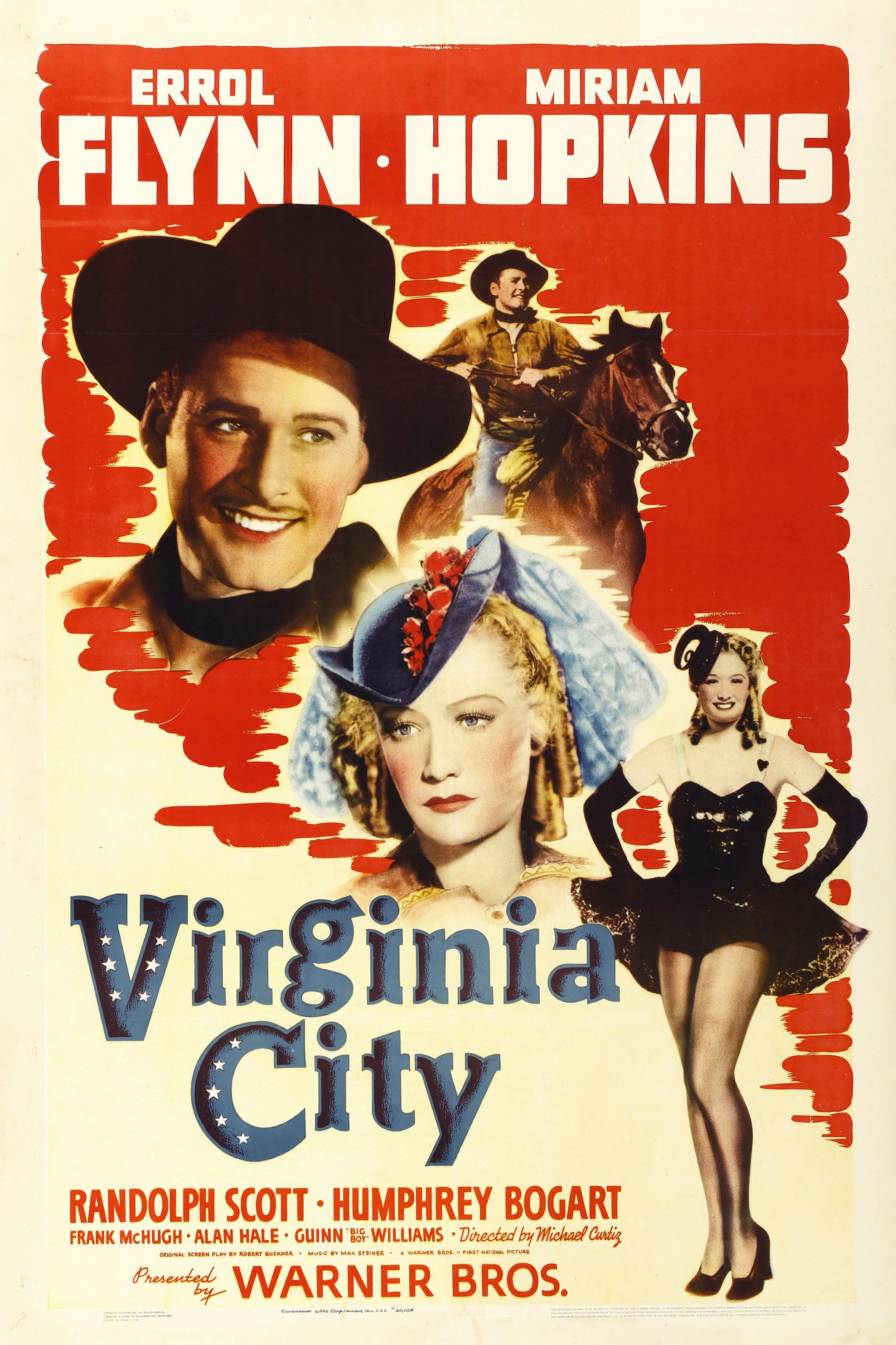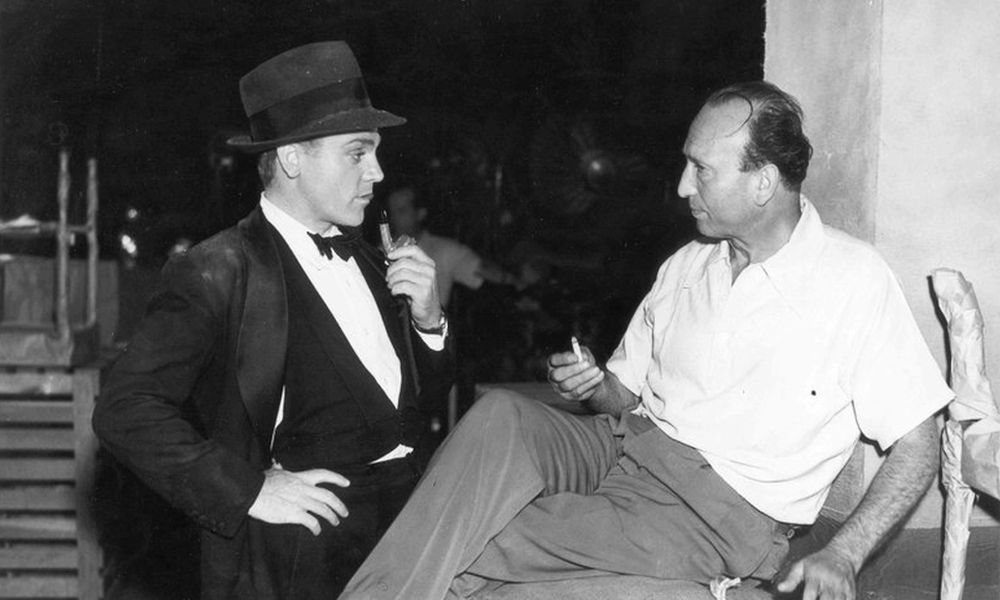"Workhorse directors, who were reliable, professional, and ready to take on whatever assignment was thrown at them, formed the solid foundation of the classic Hollywood studio system. And foremost among them was Michael Curtiz. Thrillers, weepies, war movies, comedies, horror, film noir - the Hungarian-born Curtiz tackled them all." - Philip Kemp (501 Movie Directors, 2007)
Michael Curtiz
Director
(1886-1962) Born December 24, Budapest, Austria-Hungary (now Hungary)
Top 250 Directors / 50 Key Noir Directors
(1886-1962) Born December 24, Budapest, Austria-Hungary (now Hungary)
Top 250 Directors / 50 Key Noir Directors
Key Production Country: USA
Key Genres: Drama, Romance, Musical, Melodrama, Biography, Historical Film, Romantic Comedy, Traditional Western, Comedy, War Drama, Adventure, Crime Drama
Key Collaborators: Max Steiner (Composer), George Amy (Editor), Anton Grot (Production Designer), Errol Flynn (Leading Actor), Sol Polito (Cinematographer), Hal B. Wallis (Producer), Alan Hale (Leading Character Actor), Olivia de Havilland (Leading Actress), Humphrey Bogart (Leading Actor), Robert Buckner (Screenwriter), Ernest Haller (Cinematographer), Robert Haas (Production Designer)
Key Genres: Drama, Romance, Musical, Melodrama, Biography, Historical Film, Romantic Comedy, Traditional Western, Comedy, War Drama, Adventure, Crime Drama
Key Collaborators: Max Steiner (Composer), George Amy (Editor), Anton Grot (Production Designer), Errol Flynn (Leading Actor), Sol Polito (Cinematographer), Hal B. Wallis (Producer), Alan Hale (Leading Character Actor), Olivia de Havilland (Leading Actress), Humphrey Bogart (Leading Actor), Robert Buckner (Screenwriter), Ernest Haller (Cinematographer), Robert Haas (Production Designer)
"Warner Bros.’ consummate house director during the classical era, Michael Curtiz was an expert technician who worked in a variety of genres and with a wide range of top studio stars, and like all of Warner’s long-term contract directors, he was amazingly prolific. Curtiz directed nearly one hundred features over some twenty-seven years at Warner (1926–1953), including over fifty films during the manic 1930s. Most were routine studio fare, although he occasionally directed prestige productions like the Errol Flynn-Olivia de Havilland vehicles. As Warner’s output slowed and its ambitions increased during the 1940s, Curtiz handled many of the studio’s top pictures, including back-to-back hits in 1942, Yankee Doodle Dandy and Casablanca, two of Warner’s signature wartime releases." - Thomas Schatz (Schirmer Encyclopedia of Film, 2007)
"Curtiz worked in every film genre imaginable - social drama, musical comedy, Westerns, sea sagas, swashbuckling romances, gangster and prison melodramas, horror films, mystery thrillers, etc. His forceful personality frequently broke through the most routine material, and it was often difficult to tell who was subservient to whom, Curtiz to the studio system or the studio system to Curtiz. More often than not, they seemed to be one and the same." - The MacMillan International Film Encyclopedia, 1994

Mildred Pierce (1945)
"Neither a common theme nor a consistent style exists to confirm him as an auteur, yet his solid craftsmanship and an ability to elicit, if not the best, then the 'starriest' performances from his actors made him a superior purveyor of polished hokum." - Geoff Andrew (The Director's Vision, 1999)
"Having helmed some of the most successful films of Hollywood’s Golden Age, winning an Academy Award and receiving a further three official nominations in the process, it may seem inconsistent to consider Michael Curtiz an underrated director. Yet he was seldom afforded the degree of respect and singular appreciation granted to more celebrated colleagues, particularly those classified as “auteurs,” with their work analysed and applauded for repeated themes, narrative fields, and distinct stylistic inclinations. Still, there’s no question Curtiz was suitably recognized in his day, among his peers if not contemporary critics, and audiences, even if they didn’t instantly identify his name, were routinely drawn to his latest release." - Jeremy Carr (Senses of Cinema, 2022)
"Curtiz's record during the transition to sound elevated him to the top echelon of contract directors at Warners. Unlike others, Curtiz seemed not to utilize this success to push for greater freedom and independence, but rather seemed content to take what was assigned, and execute it in a classic style. He produced crisp flowing narratives, seeking efficiency of method. He was a conservative director, adapting, borrowing and ultimately utilizing all the dominant codes of the Hollywood system. Stylistic innovations were left to others." - Douglas Gomery (International Dictionary of Films and Filmmakers, 1991)
"To be considered an auteur, a director must have either a consistently recognizeable visual style or recognizable themes – preferably both. There is a recognizable Curtiz visual style, a kind of von-Sternbergian expressionism, but it is mainly visible in his horror films, film noirs, or quasi-noirs like Casablanca and Passage to Marseilles – you won’t see much of it in White Christmas or Yankee Doodle Dandy." - C. Jerry Kutner (Bright Lights Film Journal, 2013)
"If many of the early Curtiz films are hardly worth remembering, none of the later ones are even worth seeing. What the collapse of studio discipline meant to Curtiz and to Hollywood was the bottom dropping out of routine filmmaking. The director's one enduring masterpiece is, of course, Casablanca, the happiest of happy accidents, and the most decisive exception to the auteur theory." - Andrew Sarris (The American Cinema, 1968)
"In the early 1940s, Curtiz achieved an outstanding vibrato, as if Hollywood's swan song sensed its climax. Yankee Doodle Dandy, Casablanca, and Mildred Pierce are an unrivaled trinity of inventiveness transforming soppiness to such an extent that reason and taste begin to waver at the conviction of genre in full flow." - David Thomson (The New Biographical Dictionary of Film, 2002)
"The marks of a Curtiz film are fast pace, fluid camera movement, expressive lighting, and simple story. Was the master of the sound swashbuckler (The Adventures of Robin Hood, 38; The Sea Hawk, 40), and distinguished himself in almost every other area of Hollywood film." - William R. Meyer (The Film Buff's Catalog, 1978)
“An absolute professional whose film career spanned fifty years and over 150 films in a variety of genres - thrillers, horrors, westerns, melodramas, and spectacles… Ebullient, skillful, and painstaking in his approach to often trivial material (and sometimes antipathetic themes like the proslavery Santa Fe Trail) he can include many excellent films and numerous commercial successes among his output.” - Georges Sadoul (Dictionary of Film Makers, 1972)
Selected Filmography
{{row.titlelong}}
Michael Curtiz / Fan Club
José Luis Guarner, José Luis Garci, Atilla Dorsay, Leonard Maltin, Roger Ebert, Juan José Campanella, Gil Parrondo, George Wu, John Nesbit, Farran Smith Nehme, Gillies MacKinnon, Patrick Brion.
José Luis Guarner, José Luis Garci, Atilla Dorsay, Leonard Maltin, Roger Ebert, Juan José Campanella, Gil Parrondo, George Wu, John Nesbit, Farran Smith Nehme, Gillies MacKinnon, Patrick Brion.
"Fan Club"
These film critics/filmmakers have, on multiple occasions, selected this director’s work within film ballots/lists that they have submitted.
These film critics/filmmakers have, on multiple occasions, selected this director’s work within film ballots/lists that they have submitted.


